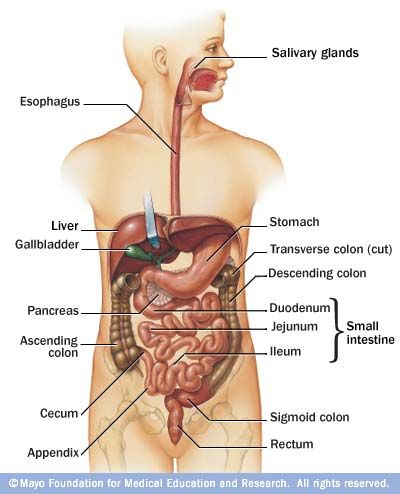Title Page
-
Conducted on
-
Prepared by
-
Location
Demographics
-
Medical Record Number:
-
Account or Encounter Number:
-
Procedure Physician:
-
Procedure RN:
-
Procedure:
Preprocedure
Holding Area
-
Patient's privacy is maintained in the holding area.
-
There is a History and Physical examination documented on the record, prior to the procedure, which is less than 30 days old and updated within 24 hours of the procedure.
-
There is a properly executed informed consent documented for the procedure on the medical record.
-
There is a preanesthesia assessment conducted by an individual qualified to administer anesthesia.
-
The preanesthesia assessment includes assessment of the patient's airway.
-
The preanesthesia assessment includes an ASA risk score.
-
The preanesthesia assessment includes an anesthesia plan.
-
The preanesthesia assessment includes a previous anesthetic history.
-
The preanesthesia assessment includes a properly executed consent for anesthesia.
-
There is an immediate preinduction assessment.
-
There is a preprocedure verification process that positively identifies the patient, the procedure, the consent, etc.
Procedure Room
-
The procedure room has been properly cleaned and sanitized between patients.
-
The endoscope has been processed within the last 14 days and/or reprocessed before use.
Intraprocedure
-
Staff don the appropriate PPE (AAMI III rated gowns, gloves, mask by tech and eye protection).
-
Hand hygiene was performed prior to donning gloves.
-
Medications are not drawn up prior to arrival of the physician.
-
Medications, once on the field, are labeled.
-
A timeout is conducted involving all in the room.
-
The timeout is documented in the medical record.
-
The patient is monitored continuously during the procedure.
-
If fluoroscopy is used, all present are appropriately shielded.
-
If fluoroscopy is used, the physician operating the fluoroscopy has a current Supervisors and Operators License for fluoroscopy.
Post Procedure
Patient
-
The patient's vital signs are monitored.
-
The patient is recovered.
-
There is an immediate post procedure note entered into the medical record.
-
The immediate post procedure note includes the pre op diagnosis, post op diagnosis, procedure, any assistants, type of anesthesia, findings, complications, estimated blood loss (EBL), any specimens removed, and any complications.
Environment
-
The scope used is wiped down immediately after the procedure with an approved enzymatic wipe to remove bioburden from the exterior.
-
The scope used is immediately flushed with an approved detergent to reduce the bioburden in the lumen of the scope before it is sent for processing.
-
The staff utilize lint free towels when wiping down the scope.
-
The scope is transported to the processing area safely.
-
The procedure cart is wiped down post procedure.
-
The room is cleaned at the conclusion of the procedure utilizing the appropriate sanitizers.
-
Leftover medications are wasted according to policy.
Scope Processing
-
The scope was transported safely to the processing area (after being wiped, appropriately flushed).
-
The scope processing is done in an area dedicated for this function.
-
The scope is leak tested.
-
There is a manual clean process to include brushing and rinsing to further eliminate bioburden.
-
The scope undergoes high level disinfection (according to manufacturer's recommendations)
-
At the conclusion of the high level disinfection the scope undergoes a drying process.
-
The scope is hung in a ventilated cabinet that is clean and has no water marks or chux at the bottom of the cabinet.
-
The scope is labeled with a tag to indicated when the next processing is due.
Patient
-
If the patient received sedation or anesthesia s/he is discharged from the PACU by criteria or physician orders.
-
If the patient received sedation or anesthesia s/he is discharged in the company of a responsible adult.
-
The patient has received and understands discharge instructions.
-
Comments:















